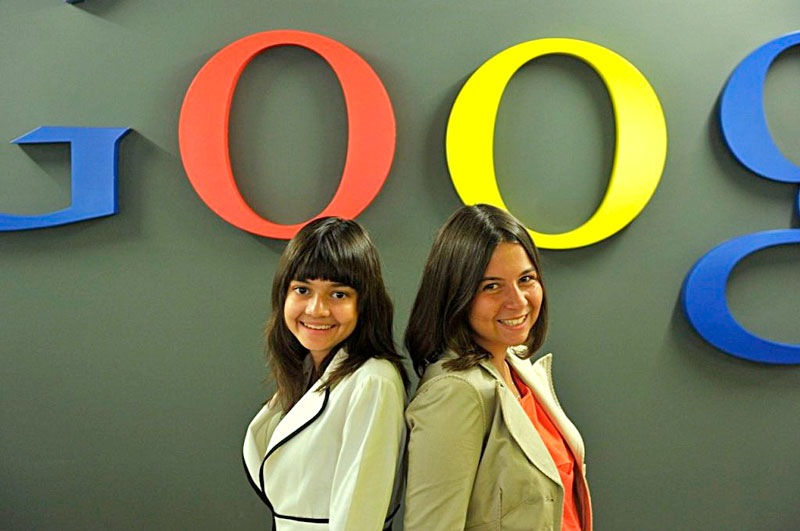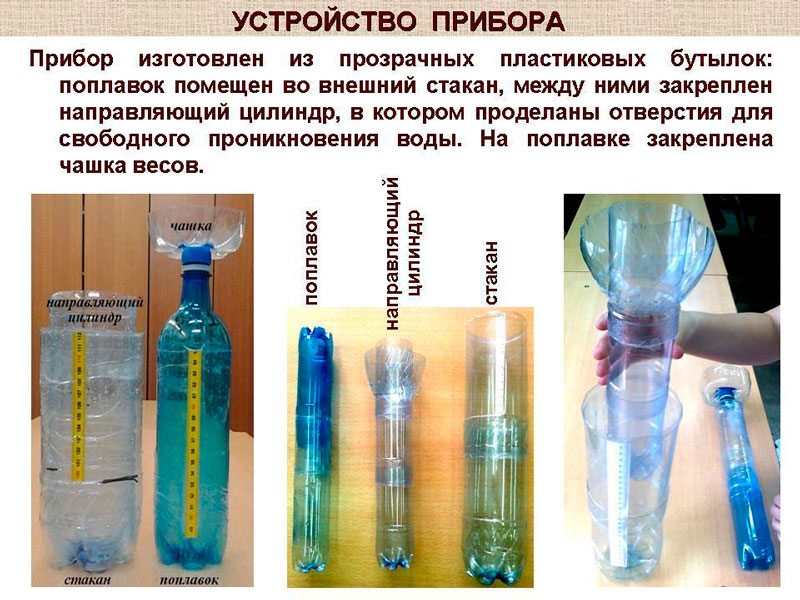Google Science Fair-2013 and the first finalists from Russia

Today we will tell about the online competition of research projects, designed for students aged 13 to 18 years from around the world, called Google Science Fair . The main prize of 2013 is a 10-day trip to the Galapagos Islands as part of the National Geographic Expedition and a grant of $ 50,000 for training.
This intellectual contest has been held since 2011, and this year the representatives of Russia with the project “Litin” reached the final (last year the post-Soviet space was represented by a lyceum student from Kiev). Information about all the finalists is presented on the official website of the competition.
')

Eighth graders Liza Sosnova and Tina Kabir from the Moscow school "New Education" created "LiTin" - a device that allows you to measure the mass and density of various substances - from plastic bottles.
“As part of this work,” says the accompanying documents, “the task of using readily available materials to create a universal instrument that allows you to measure the mass and density of liquids, bulk materials and solids, has been set and successfully solved. The principle of operation of the device is based on the law of Archimedes. Also studied the causes of possible errors. In the framework of the developed method, they are minimized. Test results are in the limit of permissible error. Control results are obtained using laboratory equipment and coincide with previously published densities of substances. "

“The main advantage of our device, which fundamentally distinguishes it from its analogs, is its versatility. The density meter developed by us is simple in production and operation. The efficiency of the device is confirmed by laboratory tests, ”say the girls.
Interview
"Litin": all ingenious is simple
Liza Sosnova and Tina Kabir from Moscow kindly agreed to give us an interview. Young talents turned out to be very sociable girls, quickly captivating with their childlike spontaneity. At the same time, they speak about their project in all seriousness and even with caution - “so that no one steals an invention”.
- Liza, how did you find out about the Google Science Fair 2013 competition and why did you decide to take part in it?
- This year we finished our densimeter (“in the original” is a device for measuring the density of gases, liquids and solids, but the functionality of “LiTina” is limited, it does not work with gases - author's comment.). And participated with him in the All-Russian Competition. Vernadsky, showed it at the Moscow competition "Fair of Ideas in the South-West of Moscow - 2013".
Having received the diplomas of winners in both competitions, we decided to send our work to the international competition Google Science Fair. Our scientific adviser advised us to take part in this contest, for which he thanks a lot!
- Tell the story of the creation of the device: from the appearance of the idea to the embodiment.
- We asked the question - "How can we weigh a bird's feather at home?" Long suffered with the design of the device, which would solve this problem, as a result they created float scales with a flask and weighed the bird feather! This year we thought, why not measure the density of substances with this design?
As a result, an instrument was created that allows measuring both the mass of bodies and the density of liquids, bulk materials and solids. The principle of operation of the device is based on the law of Archimedes.
Roughly speaking, our “LiTin” is a modified densimeter, which can be assembled from improvised means and at home.
- What is the practical value of the device "LiTin"? Where can it be used?
- In practice, the device can be used in schools. In a physics class, for example. We also want to suggest its use in schools for children with disabilities.
- Do you plan to patent the device?
- We are working in this direction.
- Tell us about the device itself - what does it consist of?
- The device is made of three transparent plastic bottles: a float (section S1) is placed in an external glass (section S2), a guide cylinder is fixed between them. The diameters of the guide cylinder and the float should differ by the minimum possible value (of the order of 3-5 mm), ensuring the free movement of the float. On a float the cup of scales is fixed. Holes are made in the guide cylinder for free water penetration. The float is minimally filled with water so that the cylindrical part of the float of constant cross section protrudes from the water in the glass.
The principle of operation is based on the Archimedes law: the weight of a body placed on the scale pan is equal to the weight of the additionally displaced water. Usually measure the immersion depth of the float. Using the condition of incompressibility of fluid, we were able to replace the measurements of the depth of immersion of the float (on the scale of the float) on the measurements of the water level in the glass (on the scale of the glass, which is outside and convenient to use).
- How do you work in tandem and who is the “locomotive” and who is the “engine driver”?
Working together was not difficult. We are best friends and have known for more than 5 years. Therefore, disagreements occurred rarely, but there are no “main” and “subordinates” in the project, we work on equal terms.
- When will the winner of Google Science Fair 2013 be known? Is it possible to still affect the final result? Or the work has already been handed over, and nothing to affect?
- According to the provision, the name of the winner will be known on September 23. This will happen at Google’s headquarters in Mountain View (Santa Clara County, California). The main prize will be a 10-day trip to the Galapagos Islands as part of the National Geographic Expedition and $ 50,000 for training. In addition, there are lots of other prizes.
In the final, all participants will tell the jury about their project in English. We are hard at work preparing for this. It only seems that the end of September will not be soon. For us, time moves very quickly ...
Now the support provided by our parents, our physics teacher, the class teacher, and friends is especially important for us. Thank you all!
Links
Detailed information about the project LiTin. You can also watch or download the project presentation .
The interview is made up of questions from readers of the public Vkontakte "EASY SCIENCE."
Source: https://habr.com/ru/post/186644/
All Articles